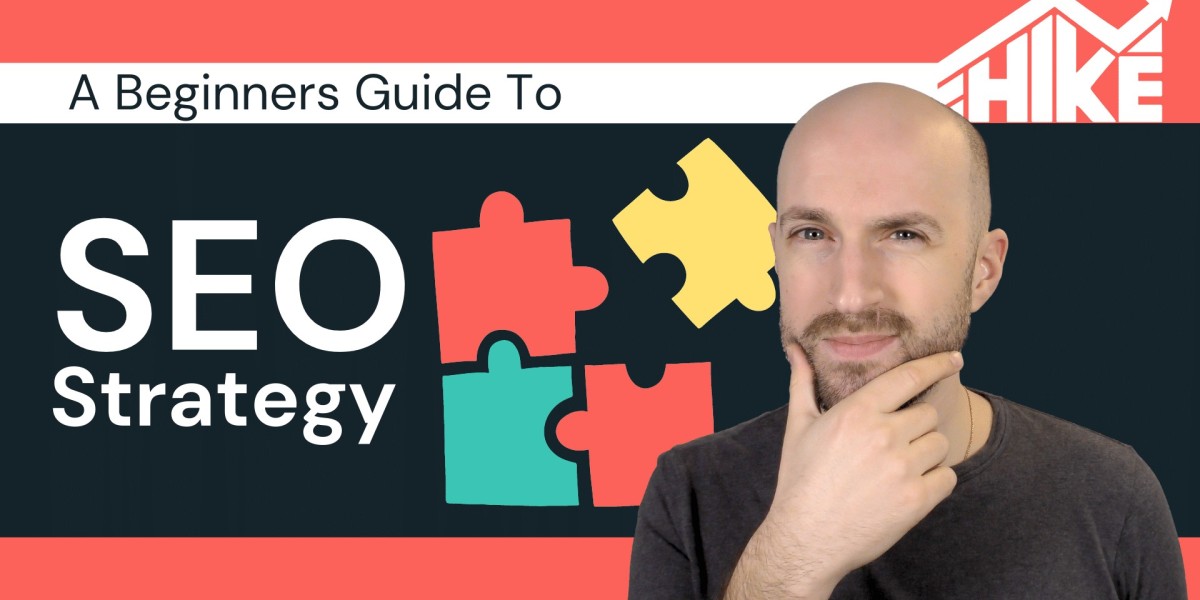Search Engine Optimization (SEO) is a crucial aspect of online marketing that can significantly enhance the visibility of your website.
Search Engine Optimization (SEO) is a crucial aspect of online marketing that can significantly enhance the visibility of your website. Mastering SEO means understanding how search engines work and using this knowledge to optimize your content. Here’s a detailed guide to help you implement effective SEO techniques on your own website.
Understanding SEO
SEO is the process of optimizing a website to rank higher in search engine results pages (SERPs). Higher rankings lead to increased website traffic, better visibility, and potentially more conversions. SEO can be broadly categorized into three main types: On-page SEO, Off-page SEO, and Technical SEO.
On-Page SEO
On-page SEO refers to the elements on your website that you can control and optimize.
- Keyword Research:
Identify the keywords relevant to your niche that potential visitors are likely to use in search engines. Tools like Google Keyword Planner, SEMrush, and Ahrefs can help you find target keywords based on search volume, competition, and relevancy.
- Optimizing Content:
Incorporate your chosen keywords naturally into your website content, including titles, headings, meta descriptions, and body text. Ensure that your content is informative and engaging, as user experience plays a significant role in SEO.
- Title Tags and valuate.lpages.co/diy-seo-software Meta Descriptions:
Each webpage should have a unique title tag (around 60 characters) that includes your primary keyword. The meta description (around 155-160 characters) should summarize the page’s content and entice users to click. Though meta descriptions don’t directly affect rankings, they influence click-through rates.
- Heading Structure:
Use heading tags (H1, H2, H3) appropriately to organize your content. The H1 tag should contain your primary keyword and be used for the main title of the page. Use H2 and H3 tags for subheadings to make the content easily scannable for both users and search engines.
- Internal Linking:
Create a well-structured internal linking system to guide users through your website. This not only improves user experience but also helps search engines crawl your site more effectively. Use descriptive anchor text for internal links to give context.
- Image Optimization:
Optimize images by using descriptive file names and alt tags that include relevant keywords. Compressed images can enhance loading speed, which is a ranking factor for search engines.
Off-Page SEO
Off-page SEO focuses on activities that happen outside your own
website but impact your site’s authority and credibility.
- Backlink Building:
Earn backlinks from reputable websites to enhance your domain authority. This can be achieved through guest blogging, partnerships, or creating high-quality shareable content that others will want to link to.
- Social Media Engagement:
Promote your content on social media platforms to increase visibility and encourage sharing. Social signals don’t directly influence rankings but can drive traffic and generate backlinks.
- Online Reputation Management:
Monitor and respond to reviews about your site or business. Positive reviews can enhance your credibility and increase user trust.
Technical SEO
Technical SEO encompasses the non-content elements of your website that affect its visibility in search engines.
- Website Speed:
Optimize your website's loading speed as it affects user experience and search rankings. Use tools like Google PageSpeed Insights to analyze your site’s speed and find ways to improve it.
- Mobile-Friendliness:
With an increasing number of users accessing the web from mobile devices, having a responsive design is critical. Use Google's Mobile-Friendly Test tool to check your site’s mobile compatibility and make necessary adjustments.
- XML Sitemap and Robots.txt:
Create an XML sitemap to help search engines understand your site structure. Additionally, optimize your robots.txt file to instruct search engines which pages to crawl and which to leave out.
- SSL Certificate:
Secure your website with HTTPS. Google considers
security a ranking factor, and having an SSL certificate boosts your site's credibility.
- Structured Data:
Implement structured data (schema markup) to help search engines understand your content better. This can improve your chances of getting rich snippets in SERPs, increasing visibility.
Monitoring and Adjusting Your SEO Strategy
SEO is not a one-time task but rather an ongoing process. Regularly monitor your website’s performance using tools like Google Analytics and Google Search Console. Analyze your traffic, bounce rates, average session duration, and keyword performance to understand what works and what needs improvement.
Adjust your SEO strategy based on data-driven insights. The SEO landscape is constantly evolving, so staying updated on the latest trends and algorithm changes is essential for success.
Conclusion
Implementing SEO on your website may seem daunting at first, but by breaking it down into manageable tasks, you can optimize your site effectively. Remember that SEO takes time to show results, so patience and persistence are crucial. By following the techniques outlined in this guide, you can enhance your website’s visibility, attract more visitors, and ultimately achieve your online goals.








